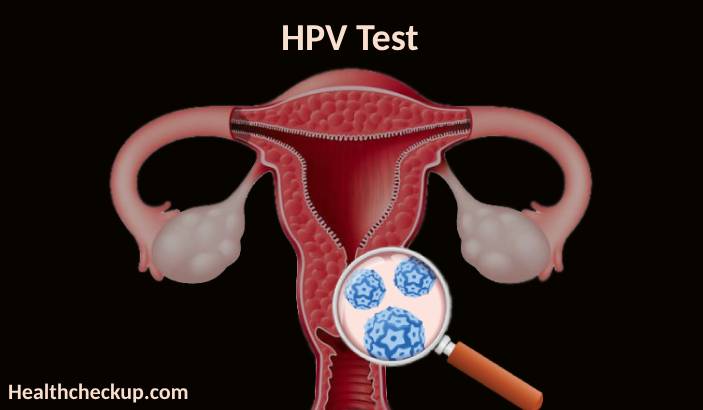Human Papillomavirus (HPV) is one of the most common sexually transmitted infections (STIs), with certain strains known to cause cervical cancer, as well as other genital and oral cancers. The HPV test plays a crucial role in detecting the presence of the virus, particularly high-risk types that are most likely to lead to these cancers.
Purpose of the HPV Test
- Cervical Cancer Screening: Primarily, the HPV test is used to screen for cervical cancer or precancerous changes in the cervix. It is often performed alongside or as a follow-up to a Pap smear.
- Assessing Cancer Risk: The test helps identify the presence of high-risk HPV types that are most likely to lead to cervical cancer.
- Guiding Treatment Decisions: For women with abnormal Pap test results, the HPV test helps determine the necessity for further diagnostic procedures or treatment.
- Monitoring After Treatment: The test is also used to monitor women following treatment for cervical cancer or precancerous changes.
Preparation for the Test
- Timing: Women are advised to schedule the test at a time when they are not menstruating. The best time is at least 10 days after the first day of your last period.
- Avoiding Certain Activities: It’s recommended to avoid sexual intercourse, douching, or using vaginal medicines or treatments for at least 48 hours before the test.
- Medical History Review: Provide your healthcare provider with a complete medical history, including any previous diagnoses of HPV, other STIs, or abnormal Pap tests.
Procedure of the HPV Test
- Specimen Collection: The procedure for collecting a sample for the HPV test is similar to that of a Pap smear. The patient will lie on an exam table and a speculum will be inserted into the vagina to open it. Then, using a soft brush or a small spatula, cells are collected from the cervix.
- Handling and Analysis: The sample is then preserved in a solution and sent to a laboratory where it is tested for the presence of high-risk HPV DNA.
- Co-testing: Often, the HPV test is done at the same time as a Pap test from the same cell sample or during a follow-up examination.
Normal Range
- HPV Negative: A negative test result means that none of the high-risk HPV types were found in the cervical sample.
- HPV Positive: A positive test result indicates that at least one of the high-risk HPV types that are associated with cervical cancer was found.
Results Interpretation
- Negative Result: Indicates a very low risk of cervical cancer. Routine screening is usually recommended every three to five years.
- Positive Result: Additional testing, including a Pap test if not already done, or a colposcopy, may be recommended to examine the cervix more thoroughly and possibly collect more cells or tissues for testing.
- Follow-Up: Women who test positive for high-risk HPV types are closely monitored for any changes that might indicate the development of cervical cancer.
Risks Associated with the Test
- Physical Risks: The HPV test is non-invasive and not associated with any significant physical risks. Some women might experience mild discomfort or spotting during the speculum insertion.
- Emotional and Psychological Impact: Testing positive for high-risk HPV can be distressing due to the association with cervical cancer. It’s important for healthcare providers to offer clear information and support, discussing the meaning of the results and the next steps.
The HPV test helps in the fight against cervical cancer, providing valuable information about a woman’s risk factors for developing the disease. It is an essential part of modern preventive healthcare for women, helping to identify high-risk HPV infections before they potentially lead to cancer. With its straightforward procedure and minimal physical risks, the HPV test is recommended as part of regular health screenings for women, particularly those over the age of 30, or younger women with abnormal Pap test results.
I specialize in writing about health, medical conditions, and healthcare, drawing extensively from scientific research. Over the course of my career, I have published widely on topics related to health, medicine, and education. My work has appeared in leading blogs and editorial columns.









